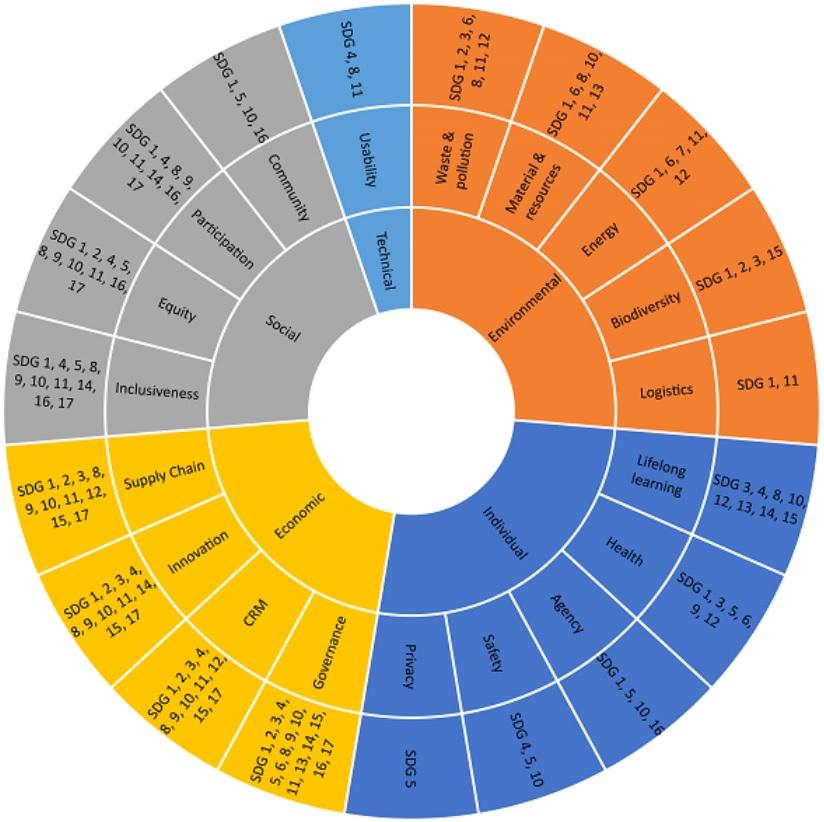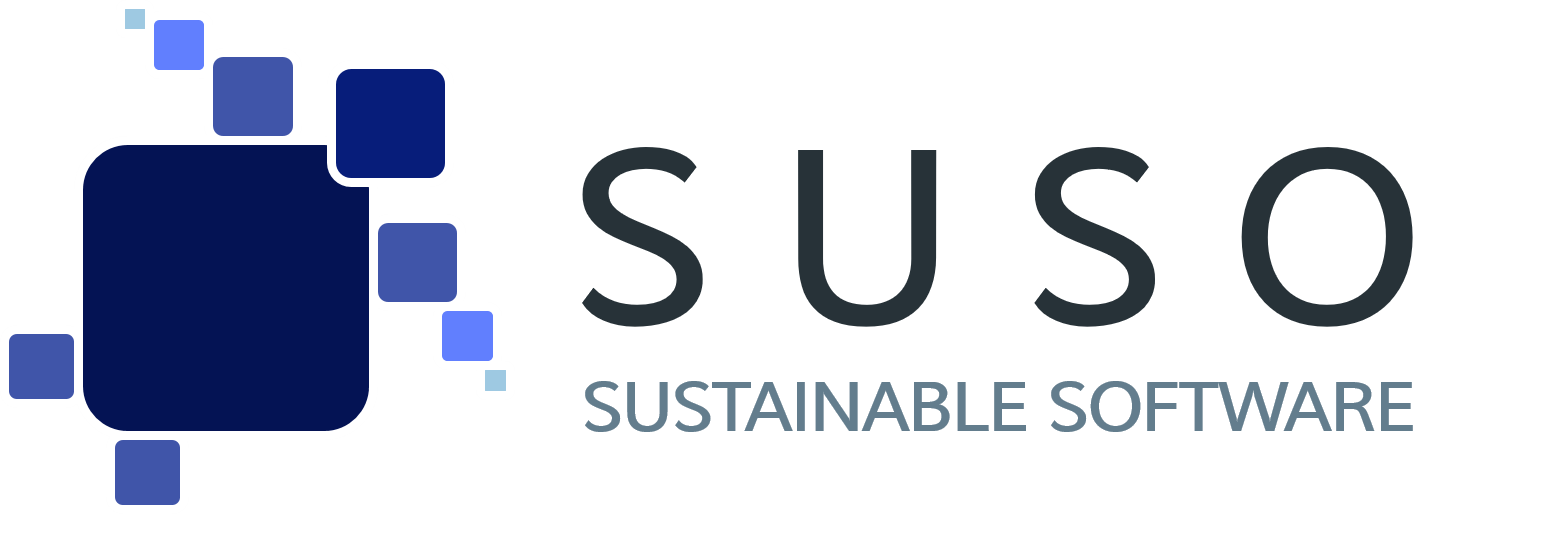Sustainability and software development – an introduction
Sustainability in the 18th century: “Don’t cut down more trees than you plant.”
To begin with, the following definition still influences todays understanding of the term sustainability. Software sustainability is often misunderstood as only environmental driven.
“Sustainability” originates from forestry and was first coined by Hans Carl von Carlowitz in the 18th century. Carlowitz was a Saxon forestry official and aimed to design forest use in such a way that it would be possible in the long term. He recognized that uncontrolled logging of the forest. This development would lead to the destruction of the forest ecosystem and thus affect the timber industry. To avoid this, he proposed to harvest only as much wood as can grow back (the so-called “permanent forest principle”). Carlowitz coined the term “sustainable use” for this. The principle of sustainable use was soon applied in other areas. Such as agriculture, mining, and fisheries, to ensure the long-term use of natural resources.
Sustainability in the 1960s and 1970s: “Be social and take care of the environment. After that, you get to make money.”
Next, the concept of social entrepreneurship can be traced back to various origins that have coalesced into one concept over time. In the 1960s and 1970s, social movements emerged in various parts of the world, particularly in the USA. They promoted social justice and environmental protection. Out of these movements developed the concept of “social activism,”. This term included the idea that companies have a social responsibility and should actively contribute to making the world a better place. In 1978, Freer Spreckley coined the term “socially responsible enterprises.” Social enterprises should incorporate not only economic. The social and environmental aspects should not be forgotten in their performance.
Sustainability in the 1990s: “Only the interaction of social, environmental and economic aspects lead to sustainable business.”

The Triple Bottom Line (TBL) Model, also known as the “triple bottom line,” was first introduced by British entrepreneur John Elkington in 1994. It is a concept for measuring and evaluating the success of businesses that goes beyond the traditional profit maximization approach. It also considers the social and environmental impacts of business decisions. The TBL model emphasizes three areas, referred to as the “3Ps”: Profit, People, and Planet:
- People encompasses the company’s social responsibility to its employees, customers, and community.
- Planet area refers to the company’s ecological impact on the environment, including energy efficiency, waste reduction, and use of renewable resources.
- Profit refers to a company’s traditional financial performance,
The idea behind the TBL model is that companies should not only focus on financial results. Additionally, their impact on people and the environment plays a role. By focusing on these three areas, companies can achieve long-term success by considering the needs of their employees, customers, and the environment, and thus also focus on long-term financial success.
The concept of TBL has gained popularity since its introduction. It is now used by many companies and organizations as a framework for sustainability and corporate social responsibility. Today, John Elkington argues that the three sustainability areas should not be played off against each other. They are all three equally important and must be given equal attention.
Use our tools for sustainable software
Sustainability today: “Development that meets the needs of present generations without compromising the ability of future generations to meet their own needs and choose their own lifestyles.”
The Brundtland Report (officially: “Our Common Future”) is a report of the United Nations World Commission on Environment and Development, published in 1987. It was led by the then Prime Minister of Norway, Gro Harlem Brundtland. The Brundtland Report states that sustainable development can only be achieved if economic, environmental, and social aspects are taken into account. Therefore, the authors calls for an “integrative view” of these aspects, known from the Triple Bottom Line Model. Thus, it advocates close cooperation between industry, governments, and civil society to promote sustainable development. The report is considered an important milestone in the international discussion on sustainability. It continues to have a major influence on political decisions and economic developments today.
The United Nations Sustainable Development Goals (SDGs) are a set of 17 global goals. They were adopted by UN member states in 2015 as part of the 2030 Agenda for Sustainable Development. The goals aim to address global challenges such as poverty, climate change, inequality and environmental degradation. Thus, create a sustainable future for all people and the planet.
Links between the Sustainability Development Goals and the Sustainability Awareness Framework
In a scientific paper, we argued for the integration of the United Nations Sustainable Development Goals (SDGs) into software development practice. Furthermore, for the development of methods and tools to analyze the potential impact of software systems on sustainability and the SDGs.
In the course of this, Sustainability Awareness Framework (SusAF) is introduced as a tool that can be broadly applied to the SDGs. We discussed the results of a mapping study between SusAF questions and SDG targetswith the intention of validating and refining the mapping through a case study with an industry partner. A strong correlation between the SusAF and the United Nations SDGs emerges (see the figure below).
Here it becomes clear that software companies should think about the extent to which their software systems have touch points to the SDGs and what responsibility this implies. The paper aims to initiate a deeper discussion on how to operationalize the SDGs and to encourage the software engineering community to develop new methods and tools to contribute to the SDGs through software.

Seyff, Norbert, Betz, Stefanie, Lammert, Dominic, Porras, Jari, Duboc, Leticia, Brooks, Ian, Chitchyan, Ruzanna, Venters, Colin, & Penzenstadler, Birgit (2022). Transforming our World through Software – Mapping the Sustainability Awareness Framework to the UN Sustainable Development Goals. In H. Kaindl, M. Mannion, L. Maciaszek, & L. Maciaszek (Eds.), Proceedings of the 17th International Conference on Evaluation of Novel Approaches to Software Engineering, ENASE 2022 (pp. 417-425). SciTePress. https://doi.org/10.5220/0011063200003176
Sustainability as a part of todays software development process
Software development can contribute to sustainability in the areas of society, environment and economy in many ways:
Society: Software can help address societal challenges through applications such as education, healthcare, public administration, and social justice. E-learning platforms and mobile health apps can enable better and more effective delivery of education and healthcare to disadvantaged populations. Software can also help promote inclusion and diversity by making it accessible and user-friendly for all users. Inclusive design approaches can ensure that software is equally accessible to people with disabilities, older people, or people from diverse backgrounds.
Environment: Software can also help promote a sustainable environment by being used in energy efficiency, renewable energy, resource management, and environmental monitoring. For example, intelligent control systems for buildings can improve energy efficiency and reduce energy consumption. In addition, software can help reduce environmental impact by being used in circular economy and recycling. Technologies such as blockchain and the Internet of Things can help improve the traceability of materials and thus promote the recycling and reuse of raw materials.
Economy: Software can also help promote a sustainable economy through digital transformation, agile working, transparency, and ethics. For example, digitization and automation can help optimize resources and make business operations more efficient. In addition, software can help improve transparency and accountability of companies and organizations by being used in supply chain tracking, compliance management, and reporting. The use of technologies such as AI and machine learning can also help companies promote ethical standards and values, and identify and address grievances.
SUSO (Sustainable Software) helps you on your way to achieve sustainability

We are excited to announce that we will soon be launching three new tools to support your sustainability efforts:
eLearning with Certification: A Corporate Guide for Sustainable Software in Theory and Practice: A theoretically and practically sound training on sustainability and software development for software companies. Here you and your team can expand your knowledge and develop a better understanding of how to develop more sustainable software products.
Interactive Version of the Sustainability Awareness Framework (SusAF): Here we help them identify strengths and weaknesses with regard to sustainability and, on this basis, make recommendations for improving the sustainability of your products.
Funding opportunities for sustainable software companies: Here you get a comprehensive list of funding opportunities for sustainable software projects. With this overview, you can quickly and easily find the right funding opportunities for your software project.
Click here to get to the tools!





